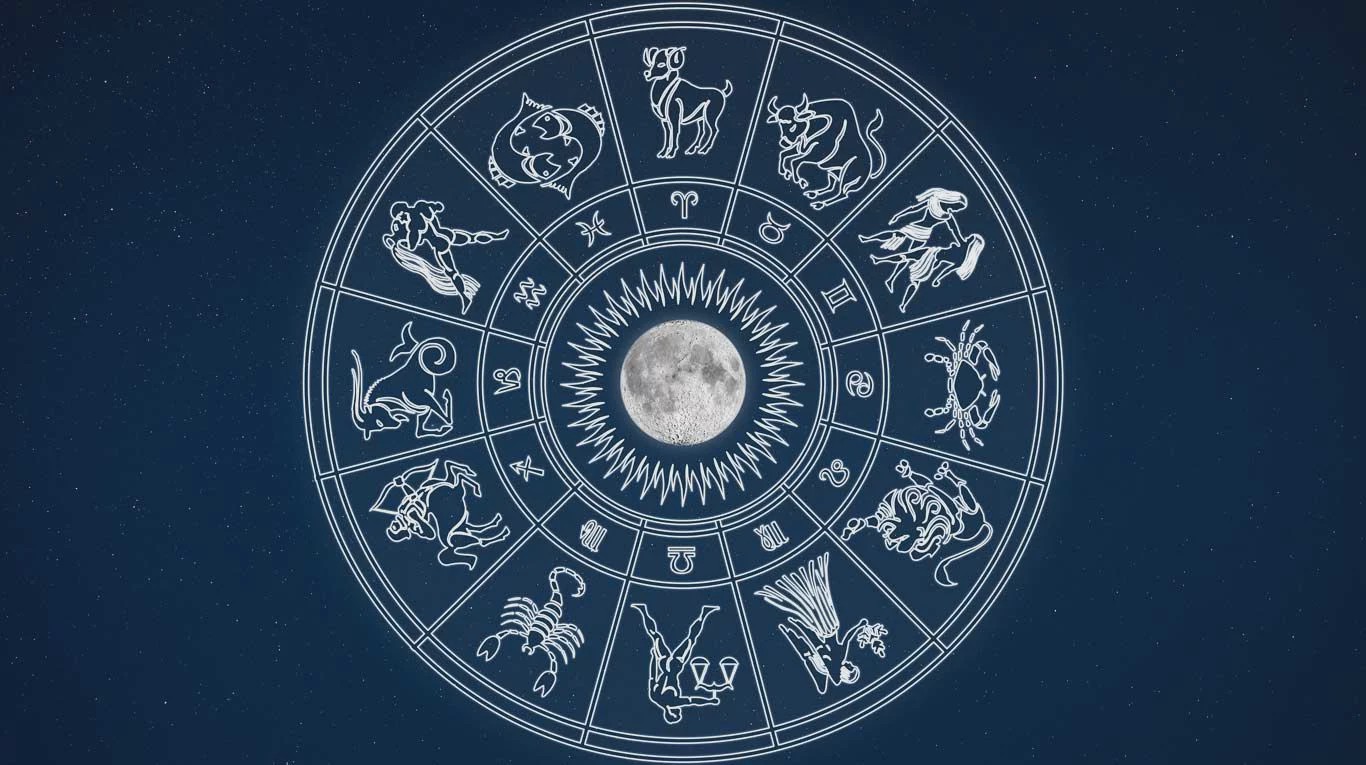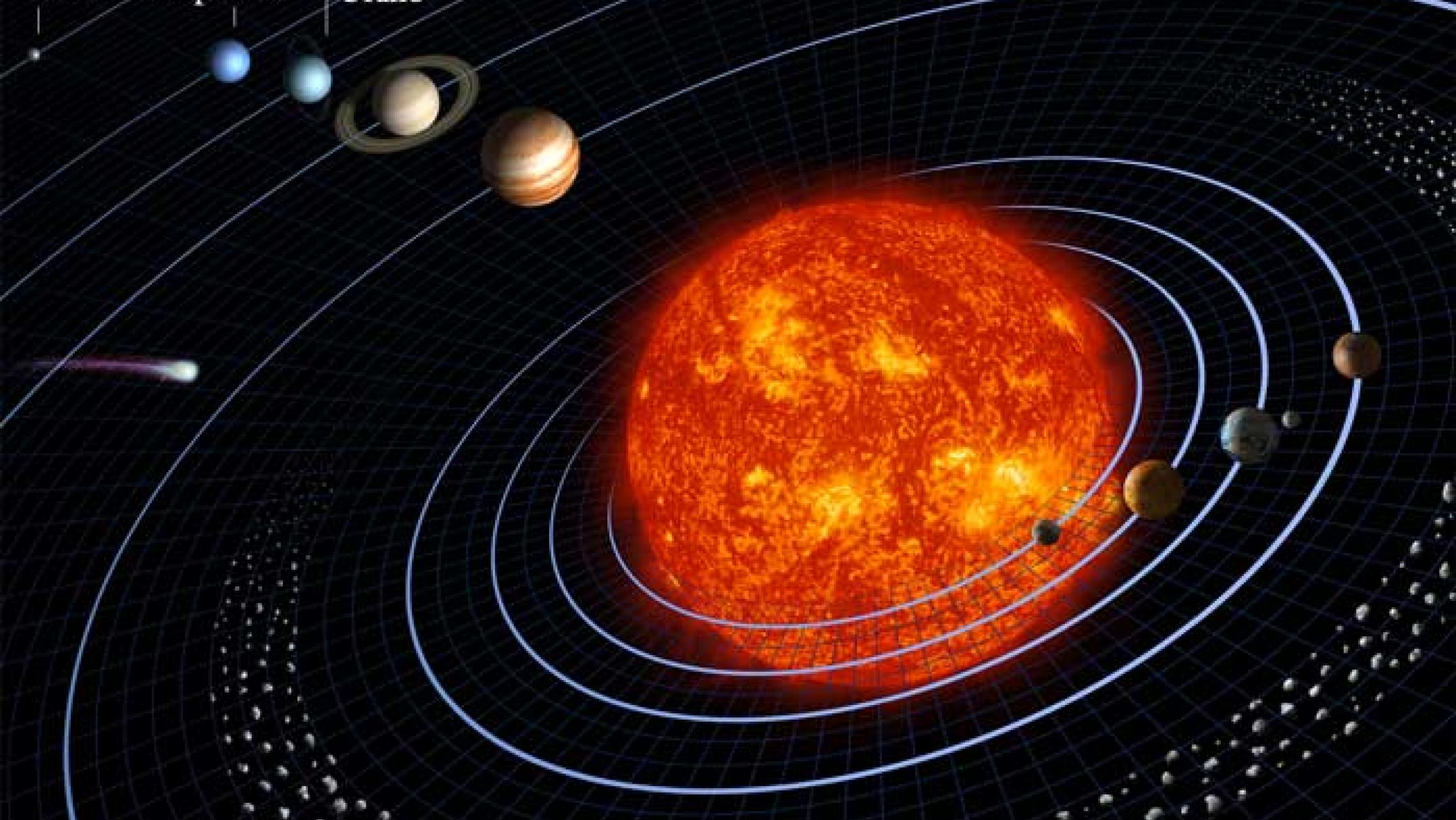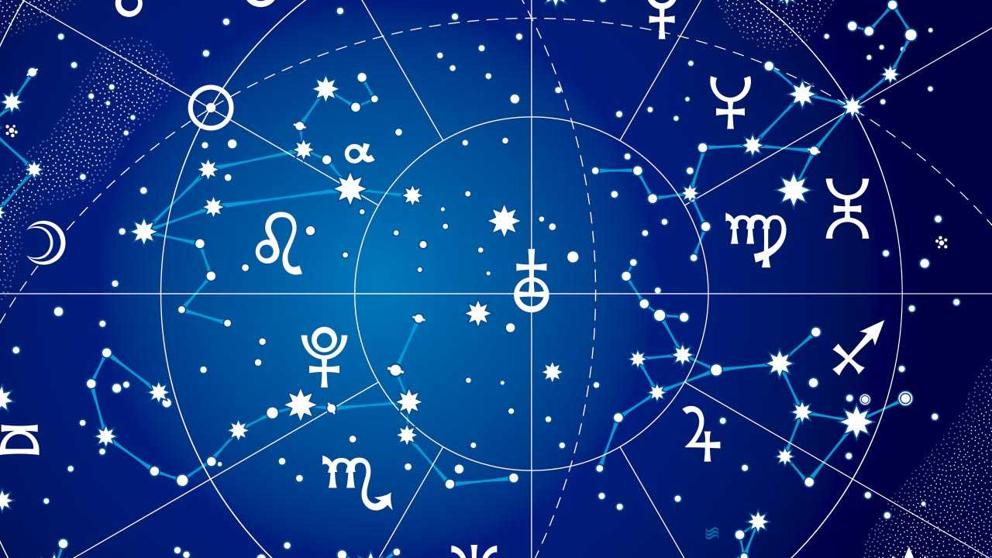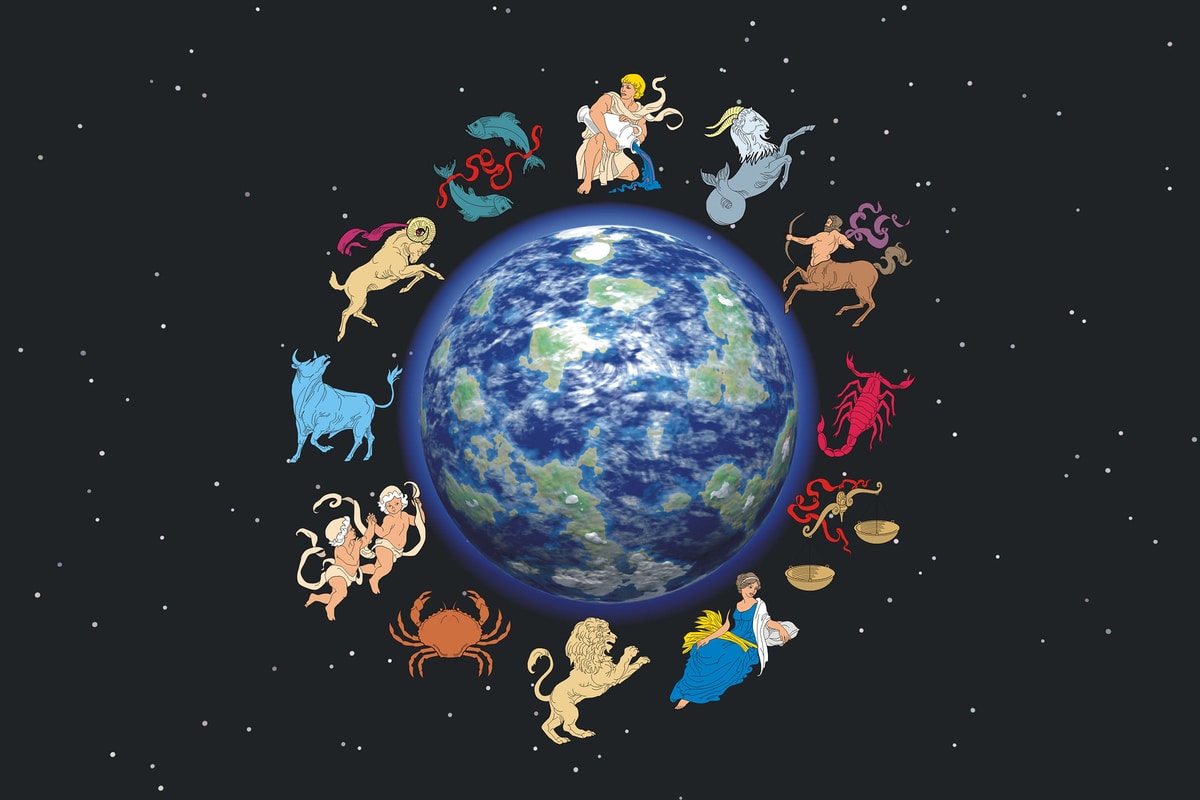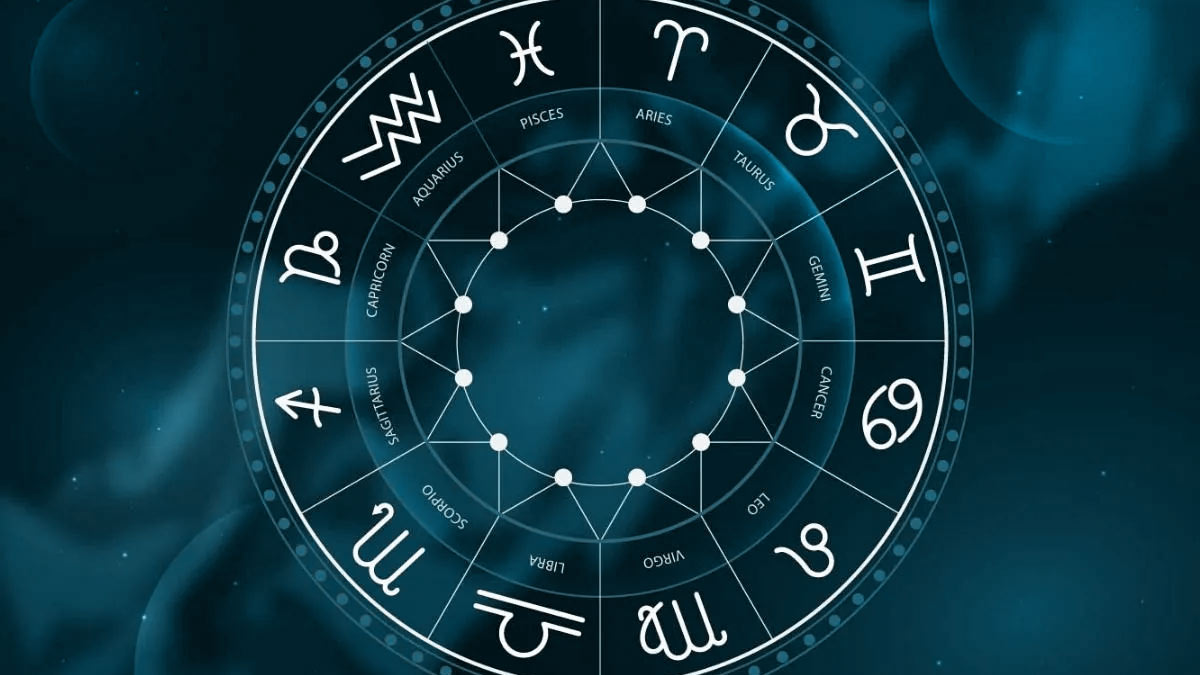The planetary transits they are singularities during which a star moves in front of another that is of greater dimension, managing to block its observation. The best known of them is the one that occurs when the moon passes in front of the sun, producing an eclipse.
Planetary Transits in Astronomy
Those who have been called planetary transits are what are produced when planets of the solar system they cross in front of the Sun. It is possible to see from Earth the planetary transits of the planets that are between our position and the solar star, that is to say that only those of Mercury and Venus will be visible.
These planetary transits are of special importance, because thanks to them it has been possible to establish approximately the measurements or longitudes of the solar system, being able to create the astronomical unit. The first scientist who could have knowledge of the relevance of these observations was Edmund Halley, who lived between the years 1656 and 1742.
In the same way, satellites perform planetary transits over the body of a planet. The best known are the transits of the satellites of the Planet Jupiter on the body of that, or its shadows. Apart from the satellites discovered by Galileo Galilei, only the shadow cast by the moon Titan is sufficiently large to be seen on the surface of Saturn through a telescope.
In the month of August 2006, a group of astronomers from the United States were able to take a combined photograph in three wavelengths of the contiguous infrared, with the Advanced Camera ACS of the Hubble Space Telescope, while a transit of a satellite of Uranus took place. , called Ariel, which passed along with its shadow through the body of that planet, being located above the bluish-green high clouds of Uranus.
This transit of a satellite crossing the body of Uranus, and its shadow following it, had never been observed before and it has been calculated that it is a phenomenon that occurs every 48 years.
Search for extrasolar planets
By using the planetary transits A method has been created that is currently the most used for the search for extrasolar planets. ESA's Corot (2006) and NASA's Kepler (2009) missions have managed to place satellites in orbit that have ultra-sensitive CCD-type photometric sensors, by means of which they hope to be able to identify the amount of planets that are in the galaxy, as well as getting planets that have the size and Orbit of the Earth.
Planetary Transits in Astrology
The natal chart is a symbolic profile of the sky, and is linked to a specific moment in time. But keep in mind that the planets never stop moving. In the case of the Sun, for example, it has been shown that it moves approximately one degree a day, and in the space of a year it completes a 360-degree rotation of the Zodiac.
In the case of Pluto, the movement is much slower and it takes about 284 years to return to its initial position. In the course of its orbital movement, a planet forms aspects in relation to the natal planets, these are the ones that have also been called planetary transits.
The horoscope of planetary transits shows where the planets are in a given period, in relation to where they were at the time of birth. On the grounds that the structure of the sun, the Moon, Mercury and Venus move faster, their planetary transits are so ephemeral that on very few occasions they can be linked to relevant periods.
In contrast, Mars and Jupiter move more slowly, and their effects on the houses can be felt for several months or, as with Jupiter, even for a year or more. However, the transits of the outer planets, which we will call slow, such as Saturn, Uranus, Neptune and Pluto, normally indicate critical periods, since even their incidences in the aspects they influence can be felt in very long periods of time, which they can be years.
Any of the planetary transits of those planets is a warning that important times for learning are coming, of teachings that are produced through processes of change or crisis. Being aware of the best way to deal with these crises and being able to have an idea of what they mean, in order to face what is inevitable.
WeiChi
The ancient Chinese named a crisis wei-chi, which is a mixture of the words wei, meaning danger, and chi, meaning opportunity. It can be thought that a crisis can be a tragedy, that must be avoided in any way, or it can be a determining moment that gives us an opportunity to change and evolve, once again overcoming another test that life imposes on us.
Therefore, we are going to understand as planetary transits the movements made by the planets that transit in the present. A planet in transit can transit or affect its own environment and its related aspects, as well as the environments and aspects of the other planets.
The largest number of astrologers use planetary transits to indicate the different options, either future or past. As we have already stated, the planets that have the greatest influence are the slow planets, because they affect for a longer period of time.
These slow planets are Pluto, Neptune, Uranus, Saturn and Jupiter. Likewise, if these planets formed a unit in their topic, they would exert a greater influence. On the other hand, in relation to planetary transits, fast planets will have less influence and importance. So much so, that in most cases they can be discarded. Since the less important an element is, the less dedication we must put into it.
Likewise, the magnitude in which we are affected by this kind of short transits will allow us to measure the point at which we are capable of self-control. In the same way, the fear of disastrous transits is a widespread attitude among astrologers. This attitude indicates an absence of psychological balance and of having knowledge of what is the freedom of the individual.
There are astrologers who have an innovative system by which they can choose in detail the planetary transits for life. That allows them to make predictions for the day, the week, the month of any future year.
This method simplifies the daily verification of what are the planetary incidences, the planetary transits specific to each individual. Also, they add a careful intuition to interpret in order to guide the person about the perfect way to face the different contingencies that may occur.
What the experts say
Granting them to planetary transits the importance it deserves, especially in a psychological sphere, we must highlight what Robert Hand has said about it. This expert maintains that in the end what the transits reflect are changes that take place inside the self, psychological modifications. But that these internal modifications can be felt as psychological modifications in a traditional way, or also as social interrelationships or as activities that are totally external to the individual.
He goes on to affirm that these changes can also be considered an ailment, and that we are capable of projecting internal energies outwards, we test them at different levels of existence. It is relevant to understand this notion about the way in which we participate in the production of any event. This means that we are working at an unconscious level, and therefore, that we do not have absolute control over the conditions.
Another expert, on this occasion Liz Greene, affirms that there is a kind of mysterious intelligence to which she gives the name of destiny, which would come to occupy the position of being the Self or nuclear Being, when she affirms that this intelligence called destiny apparently He is the one who conditions everything with great scrupulosity, leading an individual to get with another, or with an external scenario, just at the right moment.
He goes on to say that it seems that this destiny acts both at the internal level and at the external level of the person. That it becomes something that can be at the same time physical and psychic, collective and personal, lower and higher, and that can not only wear the guise of an evil being, but also, and with the same simplicity, can appear as God.
Liz Greene ends her argument, saying that she believes that if we could better understand this procedure, then astrologers could be more advantageous for their users, as well as for themselves.
We understand that what it is about is to understand the mechanism and the influences of the planetary transits in order to have a more focused notion of the most internal and primordial meaning of an explicit life experience or of an evolutionary level of it.
When analyzing the natal chart of an individual, we must be able to explain in a simple way which are the sections of their nature that are ready to be integrated at a conscious level, explored or modified. A relevant section, of what we will call the psychoastrologer, is to connect in some way with the nuclear Being.
Only in this way can a bond be formed between the Self and it will be the optimal choice to cause the personality of each individual to shine.
Thus, by the time we examine the planetary transits and the progressions in a natal chart, every astrologer must ask himself three absolutely relevant questions in order to adequately analyze what is the purpose of the inner Being of that individual, and those questions are:
- What is it that is trying to appear or be born through the emerging problem?
- What archetypal quality or qualities is the Self trying to bring to light?
- What is the next step that the Self is trying to get this person to take?
Next, what is appropriate is to provide a short orientation for the understanding of planetary transits. At first, the planets that are in transit are not random circumstances, but rather represent forces and energies that are influencing us and that affect our way of understanding the world and attracting new energies.
Second, consider the position of the orbs. In the planetary transits of Uranus, Neptune and Pluto you have to be magnanimous with the orbs. In the case of a transiting outer planet conjunct, square, or oppose a natal planet, we will begin to notice its influence when it is about five degrees away from the exact aspect, and sometimes sooner.
In the event of a transit trine or sextile, compress the orb of influence a bit, to about three or four degrees, before a strict aspect.
It is possible to make arrangements for the transit of an outer planet, well in advance of that exact event occurring. For this reason, if in this way we manage to anticipate the development of the transit and join forces with it, and if we do not, at the moment it occurs it will take us devoid of defenses and cause us deep uneasiness with the force of its effects.
In fact, if we are not aware of the probable modifications that are necessary to make, the aspect of that transit will have greater intensity on us, as it approaches accuracy. The end effect is that our need to make changes will explode uncontrollably, or change will be imposed on us by external actors.
In addition, it is very important to be absolutely aware of the relationship of the planetary transits of the inner planets with the outer planets.
Third, look at retrogradation, that is, the moment one of these transiting planets makes an exact aspect to a natal planet, individuals will usually feel like making changes, which happens relative to the home planet.
But, if the transiting planet leaves straight motion to go retrograde, individuals' efforts to adapt may be impeded, and their need or desire to make changes may lessen or even disappear for that period of time.
Finally, transits can be divided into soft or hard. The soft transits are those that appear in the trines and sextiles, on the contrary, the hard transits are the conjunctions, the squares and the opposites, since they produce tension. In the same way, remember that an outer planet transiting in an area of effect with a natal planet will initiate any natal aspect of that planet. And this is an element that must be taken into consideration, in particular, when using the guidelines that have been discussed in previous sections of this article.
Next, we will indicate the transiting planets that are most relevant and influential. With this, what we intend is to warn you about those planetary transits in which we must pay special attention:
Transits
- Mars: is the planet that is associated with provocation, anger, strength, initiative and vitality. Mars gives birth to desires in people and projects them into action. Mars stays on average about 2 months in a sign and takes about 2 years to travel through the Zodiac, until it returns to the original position in which the person was at birth. The longer his stay in a sign, the greater the force that is brought to the planets that are in contact with him.
- Jupiter: This planet crosses the zodiac in about 12 years, so it can be said that it stays in each sign for about a year. Its transits are the most longed for, and the ones that provoke the most controversy. It is the planet of expansion, generosity and prosperity. Jupiter is the one that induces success, growth and happiness.
It is also the one that achieves the inclination for education, religion and philosophy, as well as the exploration of what we believe in and invents the acquisition of wisdom. But, not everything is as good as they want to make it seem, because although he can provide all this, if the person does not know how to take advantage of it, they will end up obtaining an adverse result. In order to get the best result from Jupiter, people must do their best to learn.
- Saturn: This planet takes about 30 years to cross the entire zodiac. It stays about two and a half years in each sign. It is associated with lessons learned, obstacles, limitations, barriers, effort, discipline, and duty. Saturn can induce discouragement, despair and apathy. But not everything is so black, because you can take advantage of the transit of Saturn and obtain victory if the person achieves an acceptable organization and optimal administration of his time.
- Uranus: The moment this planet enters a sign, the person's life becomes more interesting. It is considered a planet of eccentricity, individuality, electricity, inventions and revolutions. Uranus manages to modify the usual flow of events, and is linked to unexpected events and the least expected people. Uranus takes an average of 84 years to fully cross the zodiac.
- Neptuno: This planet is associated with the mysterious and the magical, it inspires and confuses; manages to encourage the imagination, generates illusions, and exceeds the limits. Neptune's incidence may not be noticed, as it is shrouded in a veil of confusion.
- Pluto: It is related to the hidden world of the psyche, regeneration of any kind and power. Pluto's transits are 2 or 3 years apart and usually coincide with periods of enormous change at the interior level.
